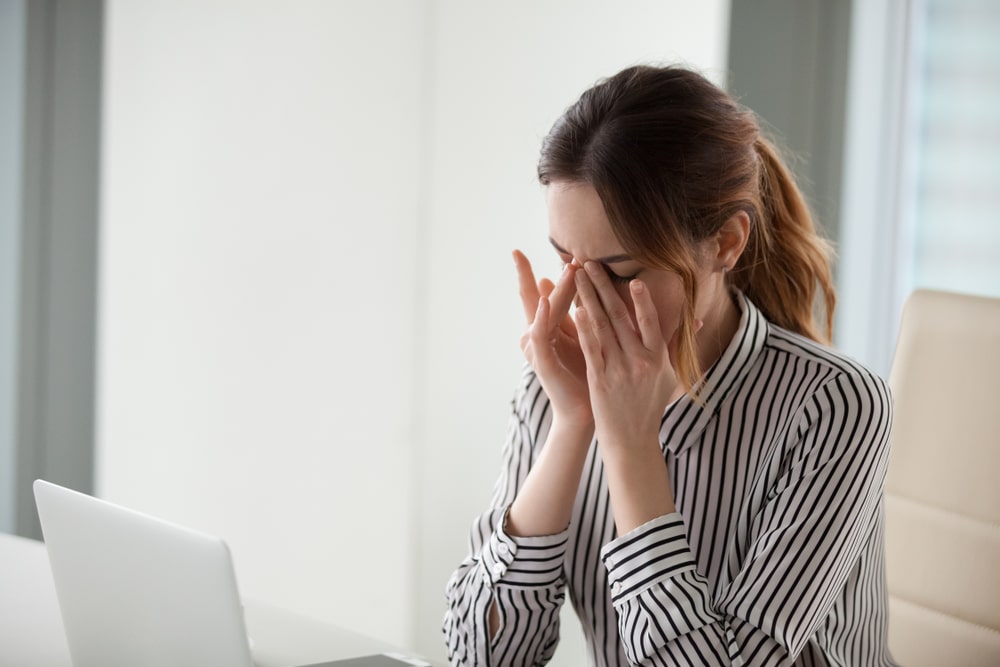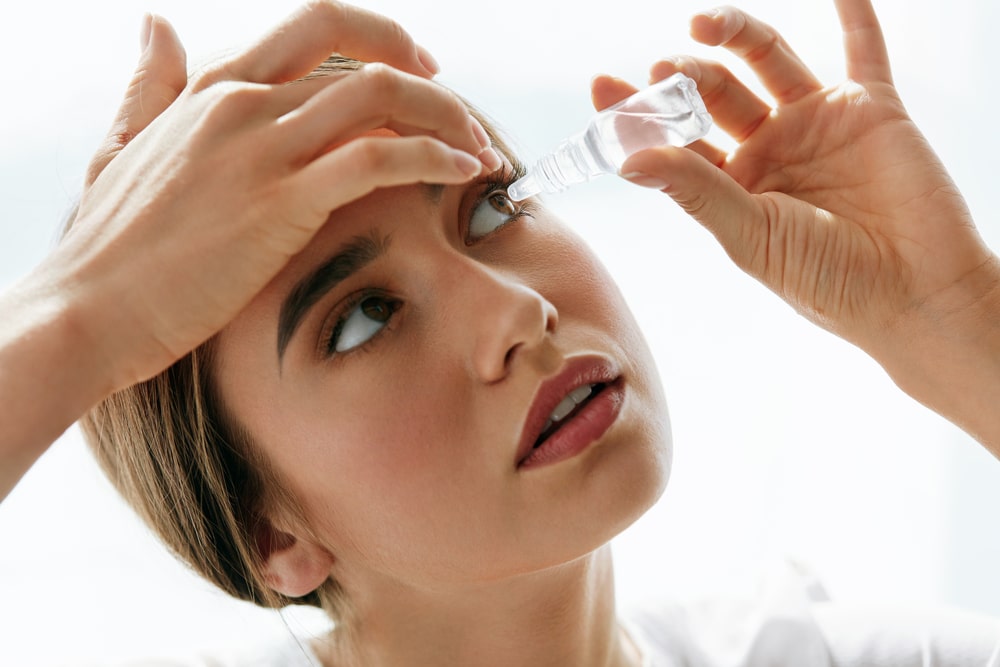How to Avoid Dry Eyes This Winter
It’s the most common reason for visiting the opticians, outside of routine eye tests – it’s Dry Eye syndrome. Complaints around dry eye spike during the winter months when cold winds and drier air make symptoms even worse. So how can you protect yourself from dry eyes this winter? That’s what we’ll cover in this blog but first, it helps to understand a little more about dry eye and an associated condition, blepharitis.
What Is Dry Eye Syndrome?

Dry eye syndrome is, as the name suggests, a condition where the eyes are not lubricated enough and so become dry. This can arise because your body is unable to produce sufficient tears, there is an imbalance in the make-up of your tears or your tears evaporate too quickly.
How Can You Tell If You Have Dry Eye Syndrome?
Symptoms of dry eye include:
- itchy, sore, tired and/or red eyes
- eyes that feel gritty, stingy or burning
- increased sensitivity to light
- blurred vision
- watery eyes (this is your eyes’ response to the symptoms of dry eye)
You may not experience all of these symptoms but any one or several of them could indicate you have dry eye syndrome.
What Does Dry Eye Syndrome Have to Do with Blepharitis?
Blepharitis is another common eye condition which causes inflammation of the rims of the eyelids. It’s suggested this is because the eyelids are reacting to bacteria that normally live on them. Although bacteria are involved, blepharitis is not contagious.
So what is the connection between blepharitis and dry eye? It isn’t clear whether one causes the other but these 2 conditions often occur together, with overlapping symptoms, such as red, watery eyes. Treating blepharitis often leads to a reduction in dry eye symptoms.
Finding Relief from Your Symptoms

Both blepharitis and Dry Eye syndrome have no cure but the symptoms can be effectively managed. The best treatment for blepharitis is to apply a hot compress, using a flannel soaked in hot water, onto your closed eyes for up to 10 minutes. Then, using the same flannel, clean your eyelid margins. This should be done daily. The hot compress can also provide relief from the gritty feeling associated with dry eye syndrome.
To ease dry eye symptoms, it is important to blink often, especially when looking at digital screens. Follow the 20-20-20 rule; look away from the screen every 20 minutes for 20 seconds and focus on something 20 feet away.
Also, protect your eyes from the drying effect of the elements when outdoors by wearing wraparound sunglasses.
Stay hydrated and avoid air conditioning where possible.
On top of following these tips for effective dry eye relief, speak to your optometrist about eye drops for dry eye. There are many different types of lubricating eye drops, which your optometrist can recommend for you.
We’re Here to Help
If you’re struggling with symptoms of Dry Eye syndrome or blepharitis, help is at hand at Optikal Opticians. As your opticians in Potters Bar, Temple Fortune and Finchley, we’re happy to help you find the best possible treatment for your situation. All you need to do is get in touch with our friendly staff to arrange your appointment with one of our experienced optometrists!
